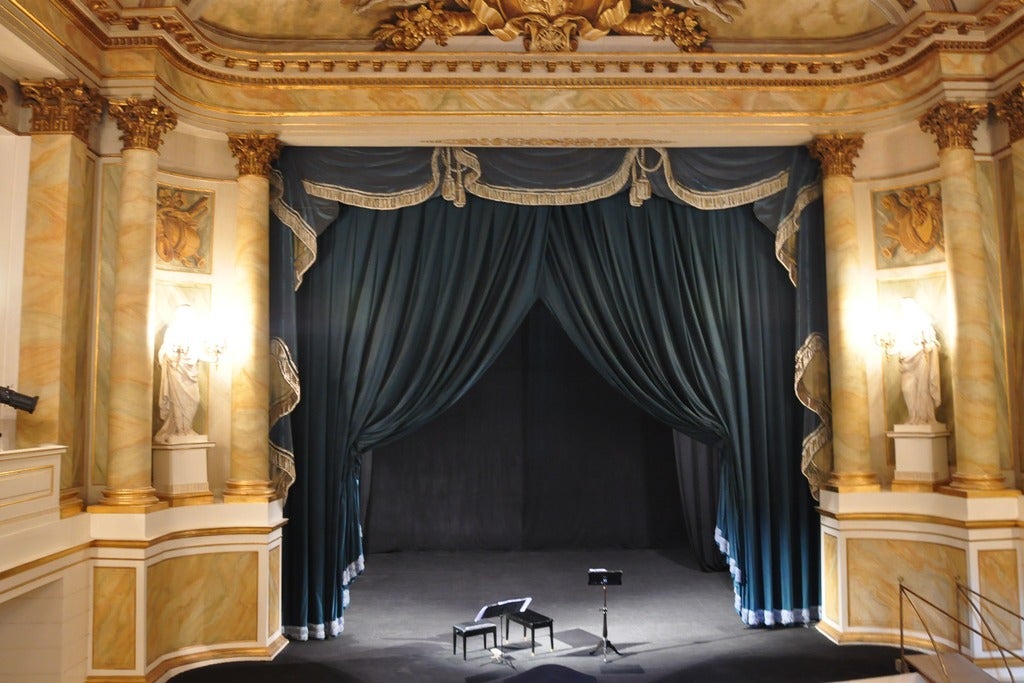Drawing on ancient Slavic and Norse mythology where destiny is often born out of the mysterious forces of nature, Swan Lake has become a legend in its own right. Tchaikovsky’s first ballet score is imbued with a deep sense of nostalgia, echoing the composer’s own experience of love as elusive as it was impossible. However the work remained misunderstood until 1895 when Marius Petipa undertook his own choreographic interpretation. With the help of Lev Ivanov, Petipa created majestic figures for the female corps de ballet and breathed life into the swan?dancer. In Rudolf Nureyev’s “Freudian” version, conceived for the Paris Opera Ballet in 1984, Prince Siegfried, manipulated by the evil Rothbart, shuns the realities of power and marriage to take refuge in dreams where a magic lake symbolizing idealised love appears to him. Nureyev elevated the role of the prince to that of the heroine by giving him a deeper psychological dimension whilst opting to give this masterly action ballet a tragic denouement more in tune with its musical substance.
Cast and Creative team for Le lac des cygnes at Opéra national de Paris - Opéra Bastille
Music
Piotr Ilyitch Tchaikovski
Libretto
Vladimir Begichev
Vassili Geltser
Choreography
Rudolf Noureev
After Marius Petipa, Lev Ivanov
Set design
Ezio Frigerio
Costume design
Franca Squarciapino
Lighting design
Vinicio Cheli
Conductor
Vello Pähn
Videos

|
The Music of Hans Zimmer & Others
Maihaugsalen (11/19 - 11/19) | |

|
Derfor skaber du dit eget liv - med baggrund i kvantefysikken
Sønderborghus (5/14 - 5/14) | |

|
LE BRACELET
GARE DU MIDI (5/3 - 5/3) | |

|
KAVI esittää: Andrzej Wajda: SUKUPOLVI
Studio, Kulttuuritalo Valve (3/18 - 3/18) | |

|
LES CHATOUILLES
LA PEPINIERE THEATRE (2/4 - 4/26) | |

|
The Mystery of Banksy
Art Maze (5/16 - 9/21) | |

|
Danske Drabssager - en aften med eksperterne
Magasinet (10/6 - 10/6) | |
| VIEW SHOWS ADD A SHOW | ||
Recommended For You



